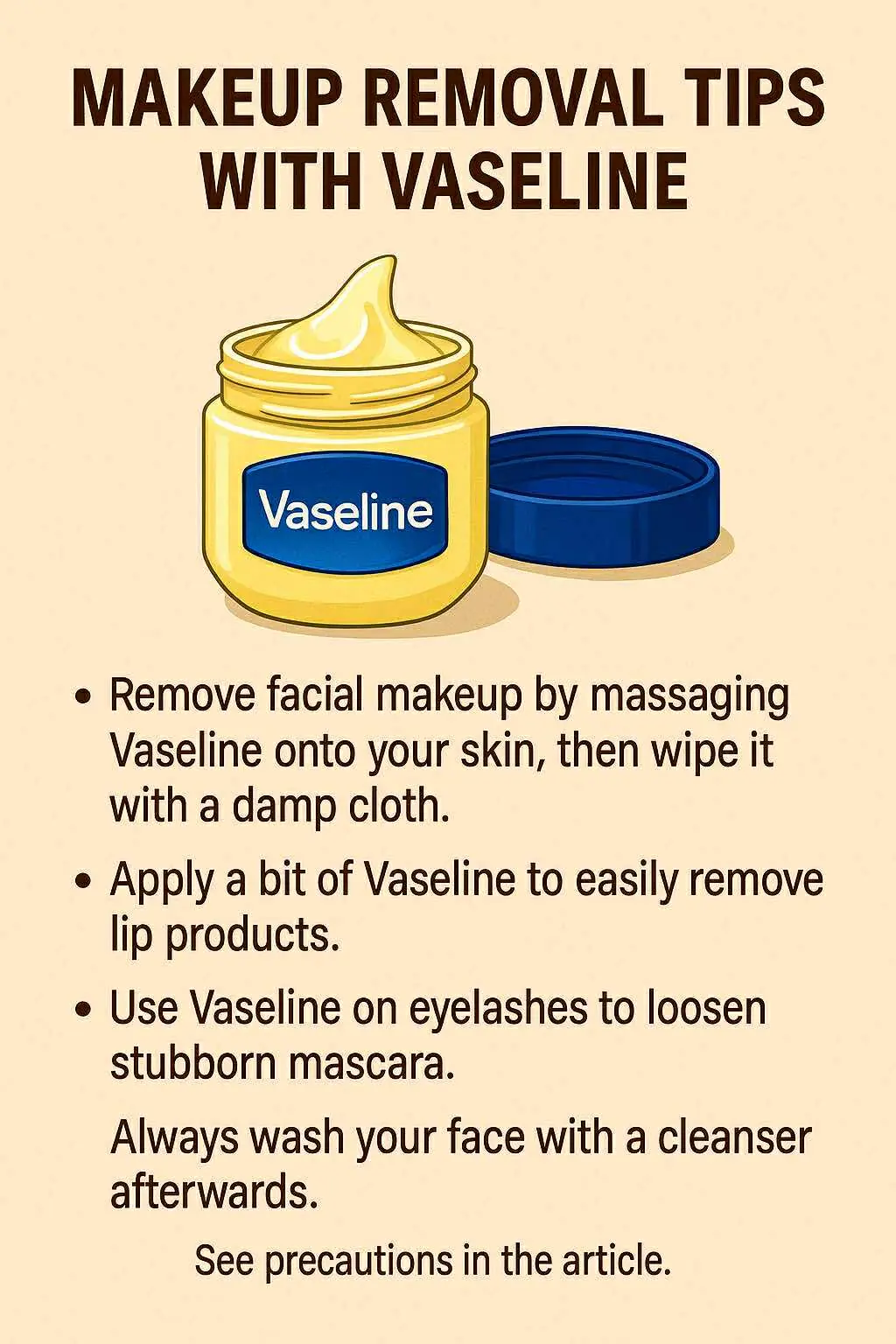
8 Unexpected Signs You Could Be Lactose Intolerant

Lactose intolerance affects millions of people worldwide—many of whom don’t even realize they have it. While most associate it with bloating or stomach cramps after consuming dairy, lactose intolerance can trigger a wide variety of symptoms that go beyond the gut. These lesser-known signs could be your body’s way of telling you it’s time to reconsider your dairy intake.
1. Skin and Nail Problems
If you’re dealing with unexplained acne, persistent eczema-like rashes, or dry, flaky skin, dairy could be a hidden culprit. Lactose intolerance may interfere with nutrient absorption—especially calcium and vitamin D—leading to visible changes in your skin and nails. Brittle or ridged nails, slow-growing cuticles, or even skin irritation might all be signs your body isn’t processing dairy well.
2. Swelling and Allergic-Like Reactions
Dairy sensitivity can sometimes mimic an allergic reaction. Some people experience swelling around the lips or eyes, hives, or even respiratory symptoms like wheezing and throat tightness after consuming milk or cheese. In rare but serious cases, this reaction could be a form of anaphylaxis, which requires immediate medical attention.
In babies and young children, dairy intolerance may even lead to bloody stools—something parents should not ignore.
3. Bloating
Feeling puffed up after a bowl of cereal or scoop of ice cream? Bloating is one of the most common signs of lactose intolerance. It occurs when undigested lactose travels to the colon and is fermented by bacteria, producing gas and water that causes the belly to swell.
4. Flatulence (Gas)
The fermentation of lactose by gut bacteria produces hydrogen, methane, and carbon dioxide—leading to increased gas and discomfort. If you find yourself unusually gassy after consuming dairy, lactose intolerance could be the reason.
5. Mouth Ulcers
Recurrent canker sores may be linked to dairy consumption, particularly cow’s milk. Some experts believe proteins in milk can trigger mouth ulcers in sensitive individuals due to an immune reaction. If you frequently suffer from mouth sores, try eliminating animal-based dairy for a few weeks and consider alternatives like oat or almond milk.
6. Diarrhea or Constipation
While diarrhea is a well-known symptom of lactose intolerance, constipation is less commonly discussed but just as valid. Some individuals produce more methane in response to undigested lactose, which can slow down digestion and lead to constipation. It’s worth noting that the same condition can cause opposite symptoms in different people.
7. Headaches and Fatigue
If you often feel foggy, tired, or struggle with unexplained headaches, it might not just be stress or poor sleep. These symptoms could be signs of your body reacting to dairy. Some people with lactose intolerance report fatigue, dizziness, and trouble focusing—likely due to low-grade inflammation caused by lactose buildup in the gut.
8. Abdominal Cramps and Pain
Last but not least, one of the hallmark signs: stomach cramps. These often occur within 30 minutes to two hours after eating dairy. The pain is usually localized around the lower abdomen and may come with gurgling sounds or urgency. If this happens consistently after consuming milk, cheese, or ice cream, it’s time to take note.
The Bottom Line
Lactose intolerance is more than just a stomachache—it can impact your skin, energy levels, and overall well-being. If you’re experiencing any of the above symptoms on a regular basis, try keeping a food diary to track your reactions after eating dairy. And most importantly, consult a healthcare provider for proper diagnosis and guidance.
Your body might be sending you signals—it’s just a matter of learning how to listen.
News in the same category


Heart Surgeon Reveals 4 Foods You Should ‘Always Avoid’ That Will ‘Poison’ Your Body

Effects of music on cancer cells: what the science says.

These 5 Popular Drinks Are Slowly Damaging Your Kidneys — Are You Still Drinking Them?

Doctors Gave Up, But a Woman Recovered from Cancer by Drinking Ginger and Honey

Panic Attacks And Anxiety Have Been Linked To Certain Vitamin And Mineral Deficiencies
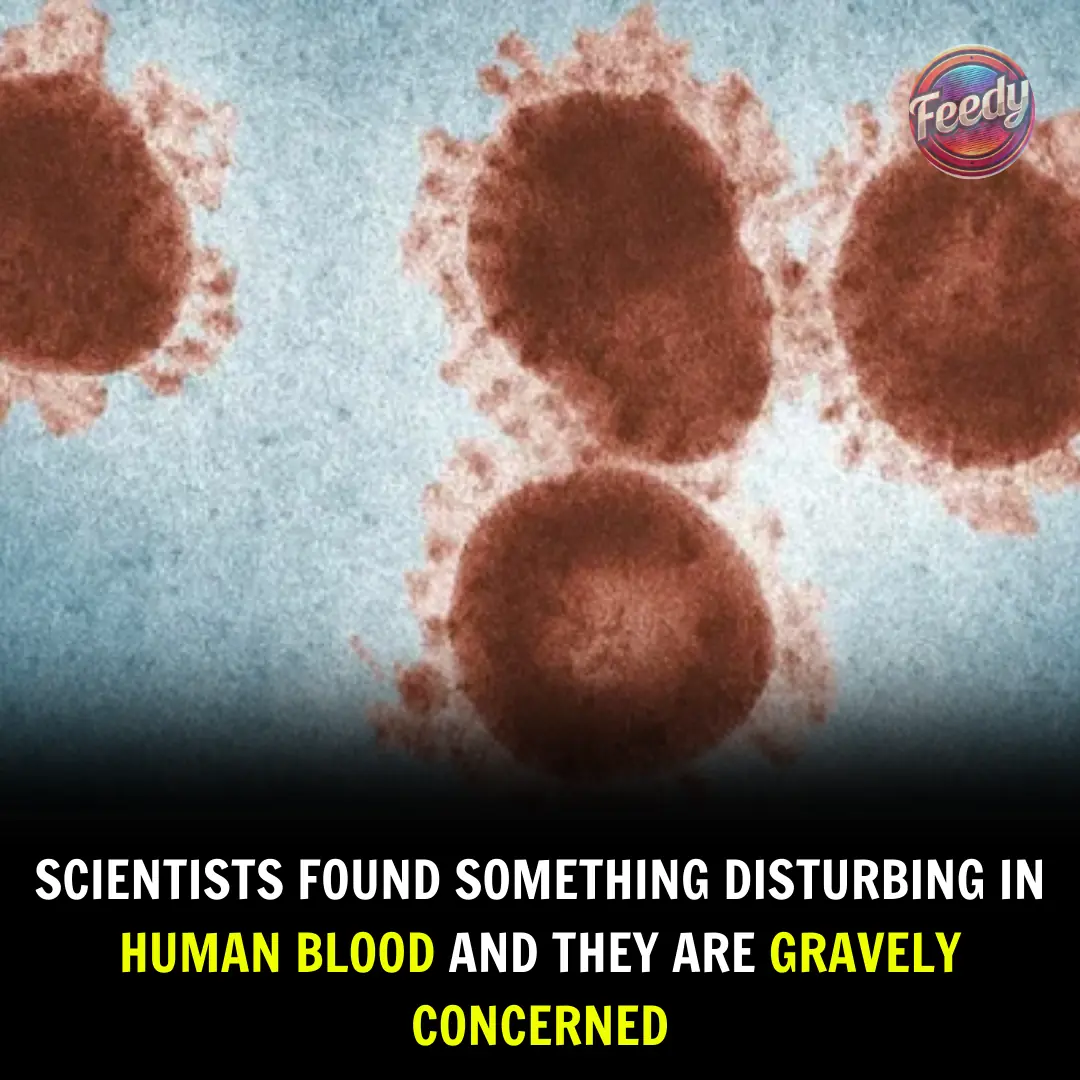
The Hidden Link Between Air Pollution, Alzheimer’s, and Cancer — And the Dust in Your Home
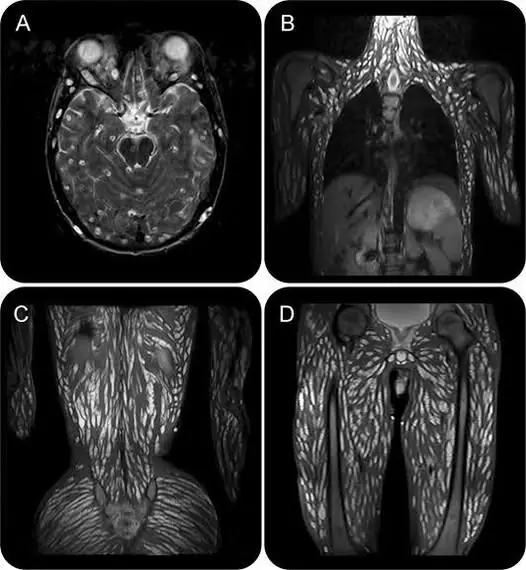
The Hidden Danger in Your Pork: What You Need to Know Before You Eat!
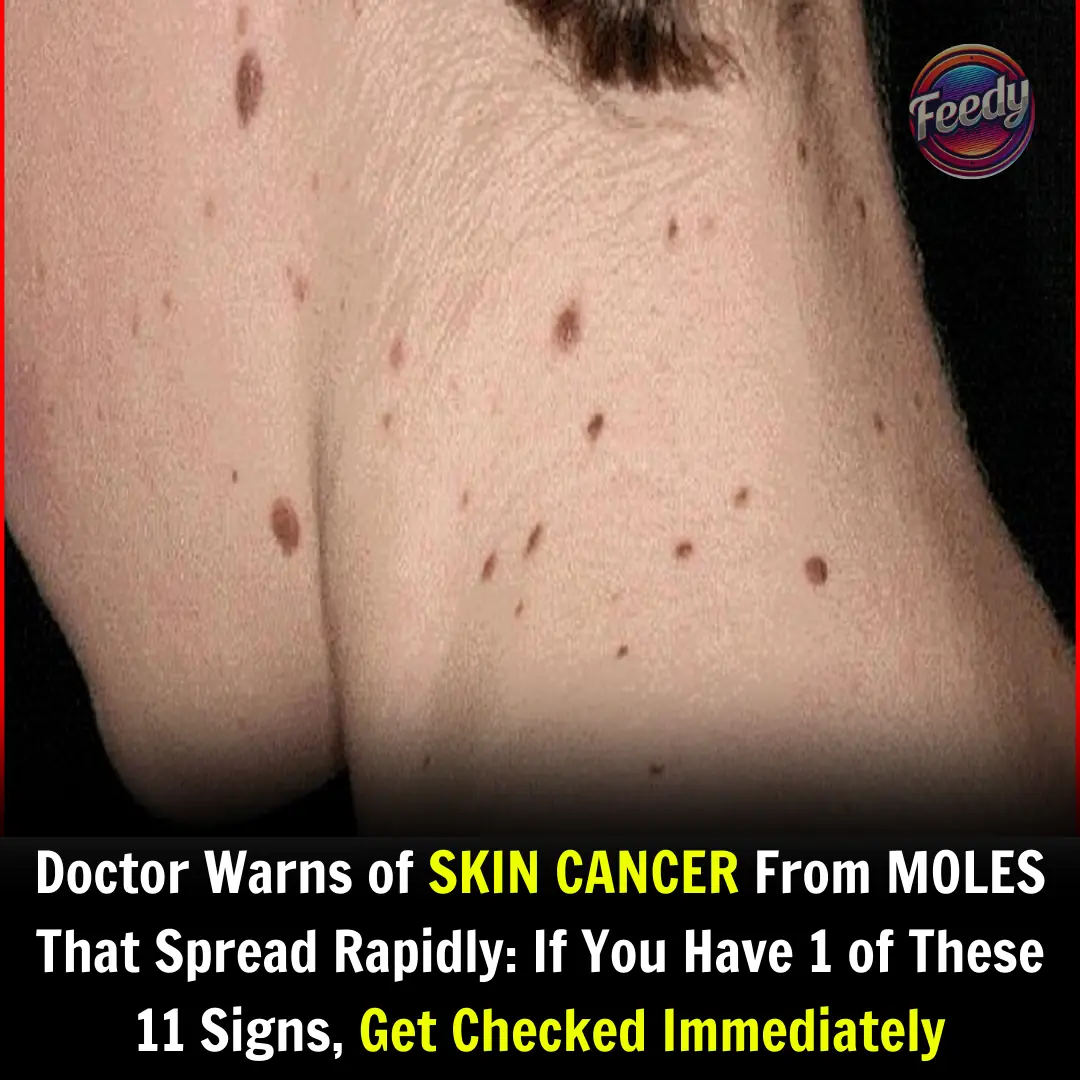
Doctor Warns of SKIN CANCER From MOLES That Spread Rapidly: If You Have 1 of These 11 Signs, Get Checked Immediately

Is Drinking Water First Thing in the Morning Beneficial?

Don’t Throw Away Damaged Tomatoes

Remember: The kitchen is closely linked to your health!

17-Year-Old Girl Hospitalized with Kidney Failure, Must Undergo Dialysis for Life: Doctors Warn Against 3 Common Habits Among Youth

Plant in the Bible Said to Heal All Ailments

A Vegetable as Powerful as a "Miracle Herb" — A Natural Enemy of Cancer That Grows Freely in Gardens, Yet Many Overlook It

A 36-year-old teacher passed away from diabetes despite not liking sweets — doctor says it's due to 4 of her favorite foods.

Doctor issues urgent vape warning after 17-year-old develops irreversible 'popcorn lung' from popular habit

46-Year-Old Star Shares a Super Easy Anti-Aging Meal: “I’ve Maintained It for 19 Years”
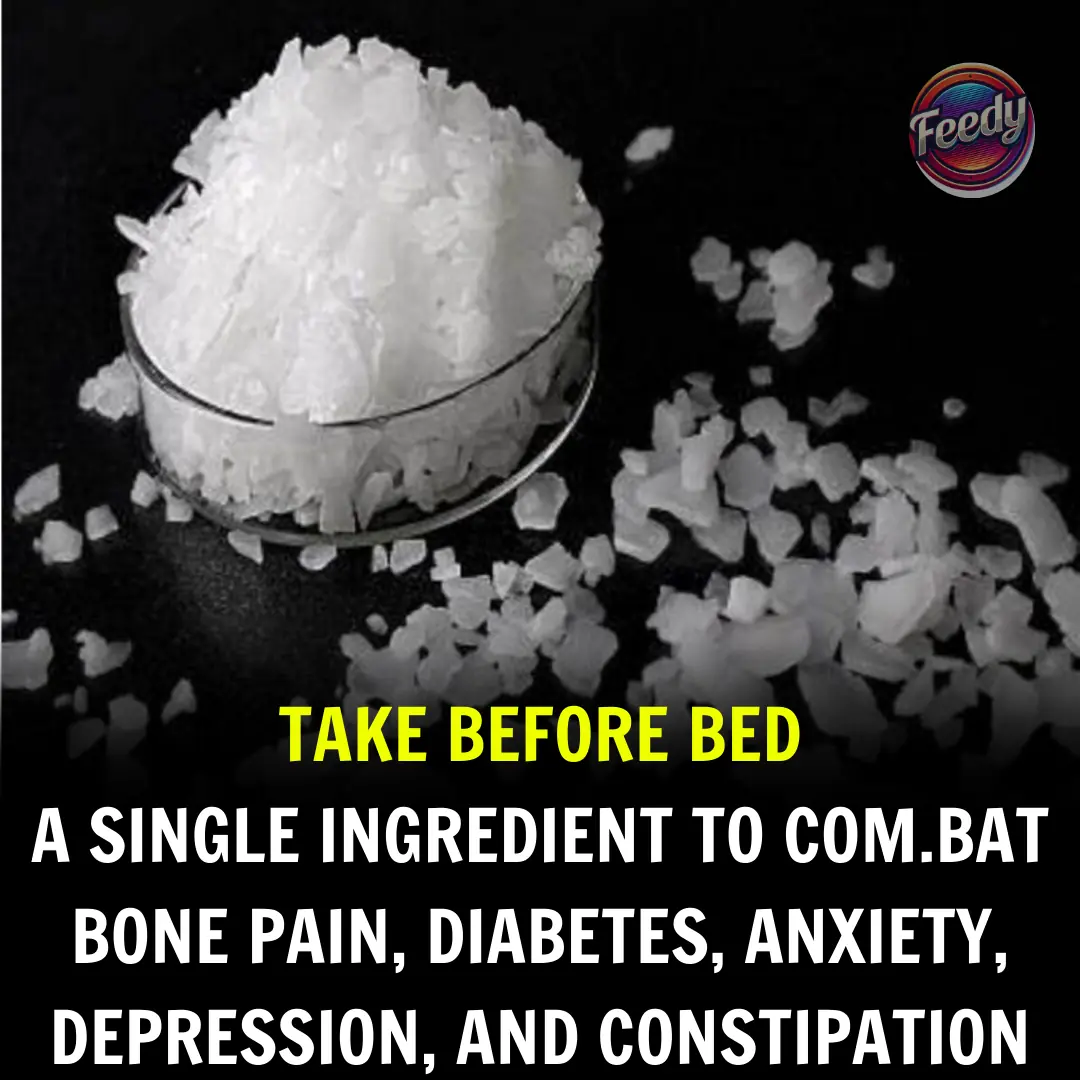
This One Superfood Could Tackle Major Health Issues—Here’s What You Need To Know
News Post

This optical illusion may help identify autistic traits in seconds

This is my preferred way

Julia Roberts Gave Birth to Twins at 37 — Pics of Her ‘Beautiful’ Teens Who Look like Her Husband

ABC Cubes For Flawless Skin

Scientists Grow First Fully Formed Tooth In Lab — A Groundbreaking Breakthrough

Fermented Rice Water & Cloves Scalp Treatment

Top 10 Hydrating Serums for Dry Skin Trusted by Experts and Beauty Enthusiasts

Amazing uses of vaseline for skin

Unlock the Power of Vaseline: 16 Beauty Benefits & Smart Precautions

WE SENT MONEY FOR OUR SON TO PAY FOR COLLEGE – ONE DAY, WE DISCOVERED HE WASN’T EVEN ENROLLED AND WAS LIVING IN AN OLD TRAILER.

5 Baking Soda Uses for Face & Skin – Natural Beauty Secrets You Shouldn’t Miss

20 Great Uses of Vaseline Which You Probably Don’t Know

Unlock the power of Vaseline & Lemon

✨ Castor Oil Home Remedies: Unlock the Power of Nature for Your Beauty Routine ✨

I WAS THE ONLY ONE WHO ATTENDED MY GRANDMOTHER’S BIRTHDAY LUNCH – AFTER SEEING HER TEARS, I DECIDED TO TEACH MY FAMILY A LESSON

The Best Ways to Use Vaseline: A Complete Guide for Beauty & Skincare

Rub This Slice On Face To Get Spotless Skin

My Husband’s Cousin Came to Stay with Us Temporarily with Her Son – If Only I Had Known It Was All a Trap.

Restaurant Owner Disguises Himself as a Homeless Man to Choose His Heir.
